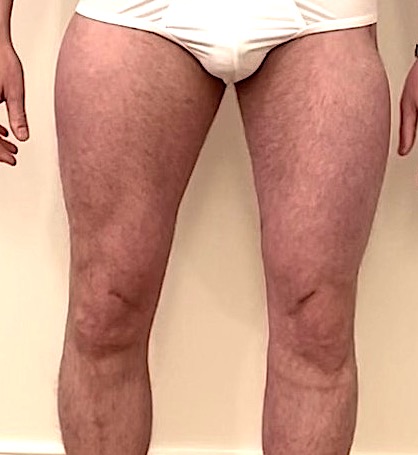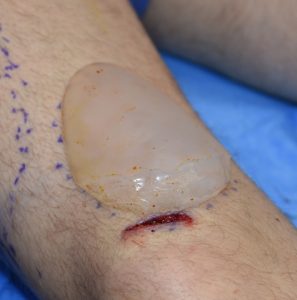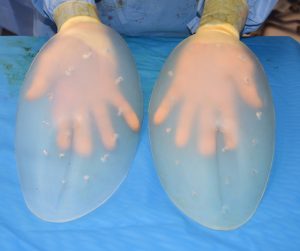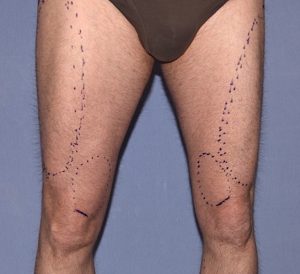Thigh implants are an uncommon type of body implant in that its frequency of use has been historically very limited. Much of this is due to low patient demand which is also a reflection of a lack of patient awareness. This is evident by the fact that there are no standard off-the-shelf thigh implants. (although I could imagine certain types of larger calf implants being used for thigh augmentation) While fat injections can have a useful role for certain types of limited body augmentation sites, the thighs would not be one of them in my opinion.
Thigh augmentation is usually done for two reasons, the male who desires a more muscular lower leg appearance and in the male or female with skinny legs that just wants increased upper leg fullness for a more proportionate body appearance. Like many body augmentation sites, thigh implants are muscular enhancements and thus must follow longitudinally oriented muscles. This would be the large anterolateral rectus femoris-vastus lateralis muscle site (which may share the same fascial covering) and the smaller vastus-medialis muscle near the kneecap. Both are upper leg sites which offer good opportunity for subfascial implant placement.
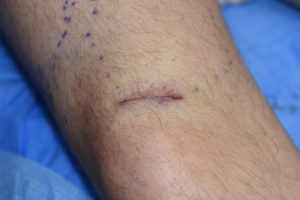
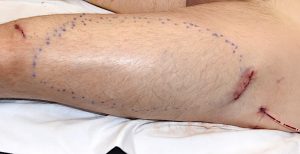
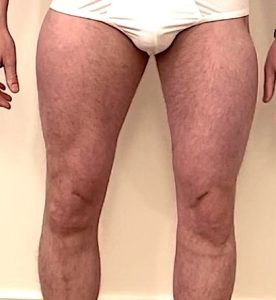
Thigh implants will never be mainstream when it comes to body implants and will always represent a small fraction of aesthetic body contouring area. But for those are so bothered by the appearance of their upper legs, thigh implants offer an effective approach to achieving that goal.
Dr. Barry Eppley
Indianapolis, Indiana

